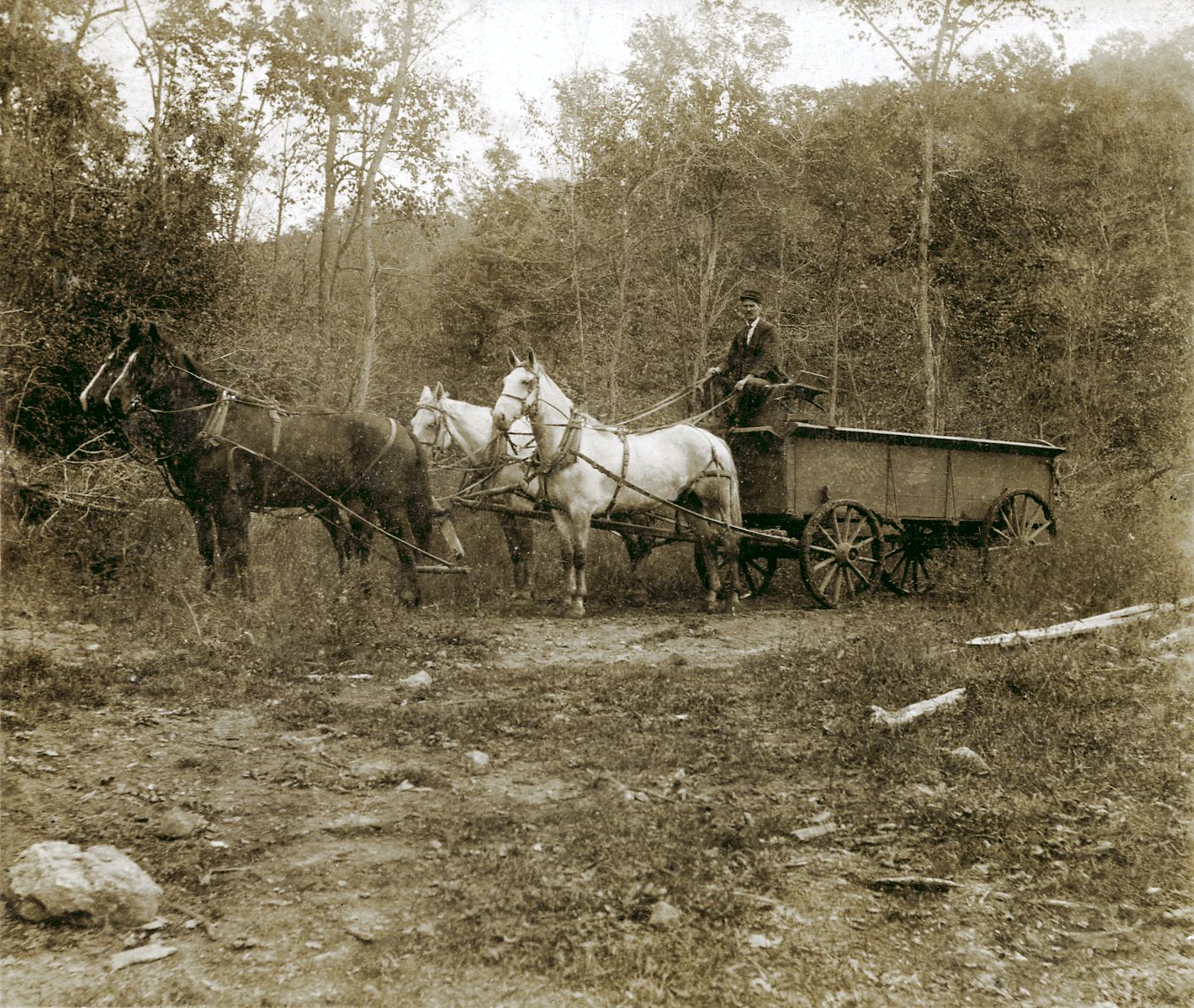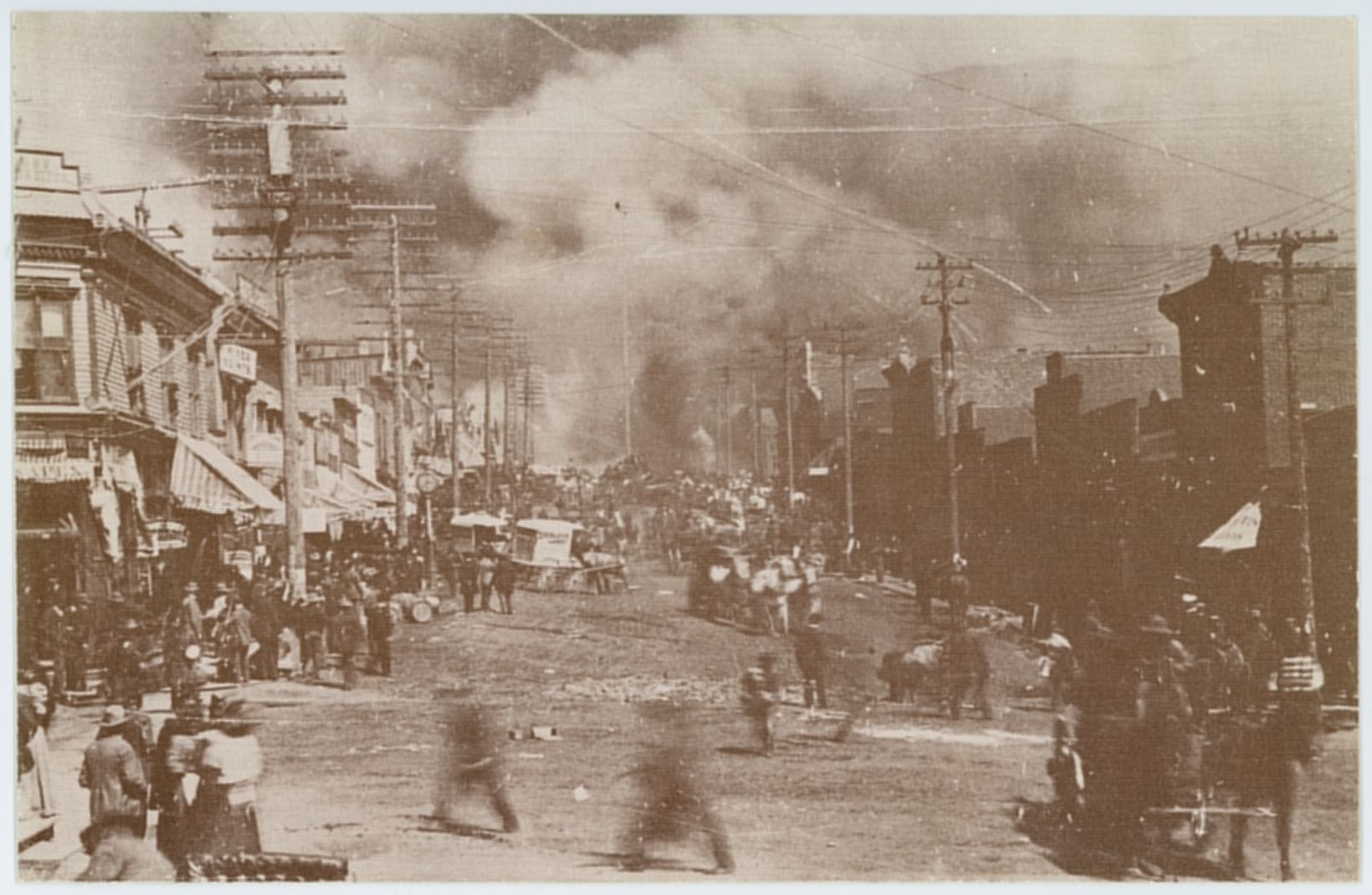-> Found at the Colorado Historic Newspaper site. Or direct to the text on page 20.
Sunday Morning, December 31, 1899.
(mostly from page 20, or numbered 16, but tiny bit of start is at page 13 or numbered 9)
Source had no images, so I used some images from my collection.
Shipments for the year 1891 were almost entirely experimental. The whole matter of gathering gold from grazing land was so unusual and strange that men sent out their ore, almost expecting to be laughed at by the mill and smelter men for their pains.
One of the first loads of ore was float, picked up by Mr. and Mrs. Frisbee from the surface of the ground near Womack's discovery shaft on the El Paso. They hauled the ore to Florence in a road wagon, and received $140 clear money for it.
Some of the output for that year was from the El Paso. The Victor was sending out an occasional lot, Stratton made a small shipment once in a while from his Independence, the Buena Vista helped a little, and some of the figures were added by the men who washed gold from the dirt of the placers. Altogether, it is estimated that, during that first year of experiment and discovery, $200,000 worth of gold was taken from the young camp.
Actual mining was first done in the spring of 1892. There had been enough experimental work done to convince many of the men that the camp was really rich in gold, and the few properties where veins in place had been located, began a steady production. Nothing below $50 a ton could be shipped with profit, as all ore had to be hauled out of the district by wagon, and the way was long and rough.
The ore could be taken to Divide and shipped via the Colorado Midland, or it could be hauled to Canon City and loaded into Denver & Rio Grande cars, or it could be hauled to Florence direct to the smelters. All three of these methods were employed, but whichever one were chosen, the expense was heavy, and ate up the profit on any-thing except very high grade ore.
The district was being staked out with great rapidity, and now discoveries made daily, but notwithstanding this, one could enumerate on one's fingers all the mines which contributed in any large degree to the $600,000 which it is estimated that the district produced in that year.
Two million five hundred thousand dollars is the estimate placed on the camp's production for 1893. This enormous increase was in spite of everything, rather than because of anything, that the outside world was doing to make the camp more popular.
Cripple Creek was still without a railroad. All passengers who rode at all had to ride in over a very rough stage line. All provisions had to be freighted in by teams at great expense. All ore, likewise, had to be hauled out to the smelters or the railroad lines at the same expense. Yet, the camp grew daily, and daily its gold-bearing capacity was increased by the discovery of new and unsuspected treasures.
Much of the increase this year came from Bull hill and Battle mountain. The Pharmacist, the Portland, and a number of others which are now famous, begun to add their contributions to the general output, and the close of the year found the new camp a very prosperous one indeed.
The year 1894 is figured to have witnessed a yield of gold from Cripple Creek of $4,000,000. That the output was not heavier is due to the fact that much of the year the mines were embarrassed by the great labor strike. That, despite the strike, it reached the amount it did, was due to the fact that the first railroad reached the camp shortly after the middle of the year, and made transportation both cheaper and more expeditious. All doubts as to the permanency of the camp had been removed, and a second line of railroad was being built into the district as fast as men and teams could do the heavy work required
From that time, the camp has gone on by leaps and bounds. Many of the mines owned by stock companies had by this time inaugurated a system of paying monthly dividends to their shareholders, and the prosperity of the camp could be seen by a glance at their statements. When the labor troubles had been settled to the satisfaction of both parties to the controversy, the camp settled down to a basis which has never since been disturbed.
There was nothing to distinguish the year 1895 from its predecessor save a continual and steady growth which surprised even those who were most familiar with the district. The Midland Terminal railroad did not reach the district until into in the year—too late to have much influence on the output or the freight rates for 1895.
Yet was the output for the preceding year more than doubled, for $8,100,000 is given as the figure. Though outside experts continued to give it as their opinion that the gold deposits were all near the surface, and would soon be exhausted, shafts on the shipping mines had reached a depth, in many cases, of many hundred feet, and the ore continued to increase in richness with depth. Despite unfavorable predictions, outside capital began to become heavily interested in Cripple Creek, and development work went on at a constantly increasing rate.
Most important of all the events in the now great gold camp for the year 1896 was the conflagration which swept the town of Cripple Creek off the map. However, it was important only in its bearing on the growth and style of the city itself, and not for any effect perceptible on the output of the mines.
Few of the properties except the small leases were in any way hampered by the loss. The mines worked on day and night, while the city was burning to the ground, and while it was being rebuilt. And at the end of the year there had been sent to the mills and smelters no less than $10,000,000 worth of the yellow metal.
It was during this year that the Abe Lincoln, the Lone Star and other mines of the Poverty gulch section were opened up. The southern limits of the camp were also extended by discoveries on Beacon hill, which in another year had become one of the most prominent in the district. Both railroads were now in active operation, hauling ore from the camp and hauling provisions and fuel in, with great celerity and cheapness, making it possible to mine ore of a grade much lower than had ever before been possible, and making living in the camp a matter of much less expense than when everything had to be freighted over the hills.
A million a month. That expresses accurately and briefly the work of the world-famous gold camp for the year 1897. A total of $12,000,000 of gold was mined and marketed during that eventful year.
The most important event in the city itself was the consolidation of the old municipalities of the town of Cripple Creek and the city of West Cripple Creek.
The chief events of the district at large were the extension of the gold producing territory in two directions. Beacon hill, on the south, was brought prominently to the front, by the opening up of the Fannie B., the Orizabas, the Little May, and all the group on the west slope of that now famous hill.
Of still greater significance was the discovery on Copper mountain, full two miles further north than gold had ever been found before, of the Fluorine. The mine has since produced in the neighborhood of a quarter of a million of dollars, and still sends out ore with great regularity.
The chief importance in these discoveries was the bearing they had on prospecting. The recognized limits of the gold producing belt no longer confined the efforts of the prospectors. It was seen that, as the early prospectors had said, gold is where you find it, no matter on what hill, or in what formation. As a result, there was an increased tendency to explore what was considered outside territory, which bore rich fruit in later days.
Sixteen millions was the amount of gold produced in 1898. Labor and capital worked harmoniously, hand in hand. Down in Grassy gulch, new mines were found, and a vast amount of work was done that opened the eyes of even the people of this district, who were accustomed to surprises.
The strike in the Mitchel caused a rush of prospectors.
Here is a school section, rich in mineral of unknown value, and which will some day net the state hundreds of thousands of dollars, if not millions.
Copper mountain was added to the producing area, and the gold belt extended several miles to the north, with Cripple Creek as the center, the Lost Lillie being added to the list of shippers.
The York tunnel did considerable work, while the old placer near the city of Cripple Creek took on new life with a strong syndicate of men behind it, to make the search for the rich lead from which the nuggets found there originally came.
Straub mountain attracted attention, Big Bull had a little excitement and so did Little Bull mountain.
One thousand eight hundred and ninety-nine closed in a blaze of glory. The estimate made by The Times last year, that the production would reach $21,000,000 did not fall short.
The sale of the Independence mine for $10,000,000 in London, and the payment of quarterly dividends to the amount of $500,000, caused the financial world to pause in astonishment. People were dumbfounded, and a rush of capital began to flow to the gold region.
The Pinnacle, at Cameron, took out some phenomenal ore, and the Isabella several times startled the world and enriched its stockholders by the shipment of ore that ran over the hundred thousand mark, and the last big shipment of $300,000 in one bunch capped the record.
On December 15 a shipment of fourteen cars was made from a local sampler, two cars of which, from the Isabella, contained $300,000 worth of ore, and the other twelve contained $200,000 worth of precious metal bearing rock.
The Jack-Pot climbed upward and upward, the Abe Lincoln resumed, the Hull City placer developed wonderful riches, Copper mountain was the scene of great enticement, and the Doctor re-opened and encountered ore bodies of a high grade never dreamed of in Raven hill, millions of dollars being in sight.
The Wild Horse came to the front, the town of Cameron was laid out, and three new railroads were surveyed into the camp, work on one commenced, to be completed to Colorado Springs within ten months time.
The milling facilities were increased, the Economic mill was built. The production made during the last month of the year turning the $3,000,000 mark, encourages the belief that $30,000,000 will be outputted from the Greater Cripple Creek during the year 1900.

